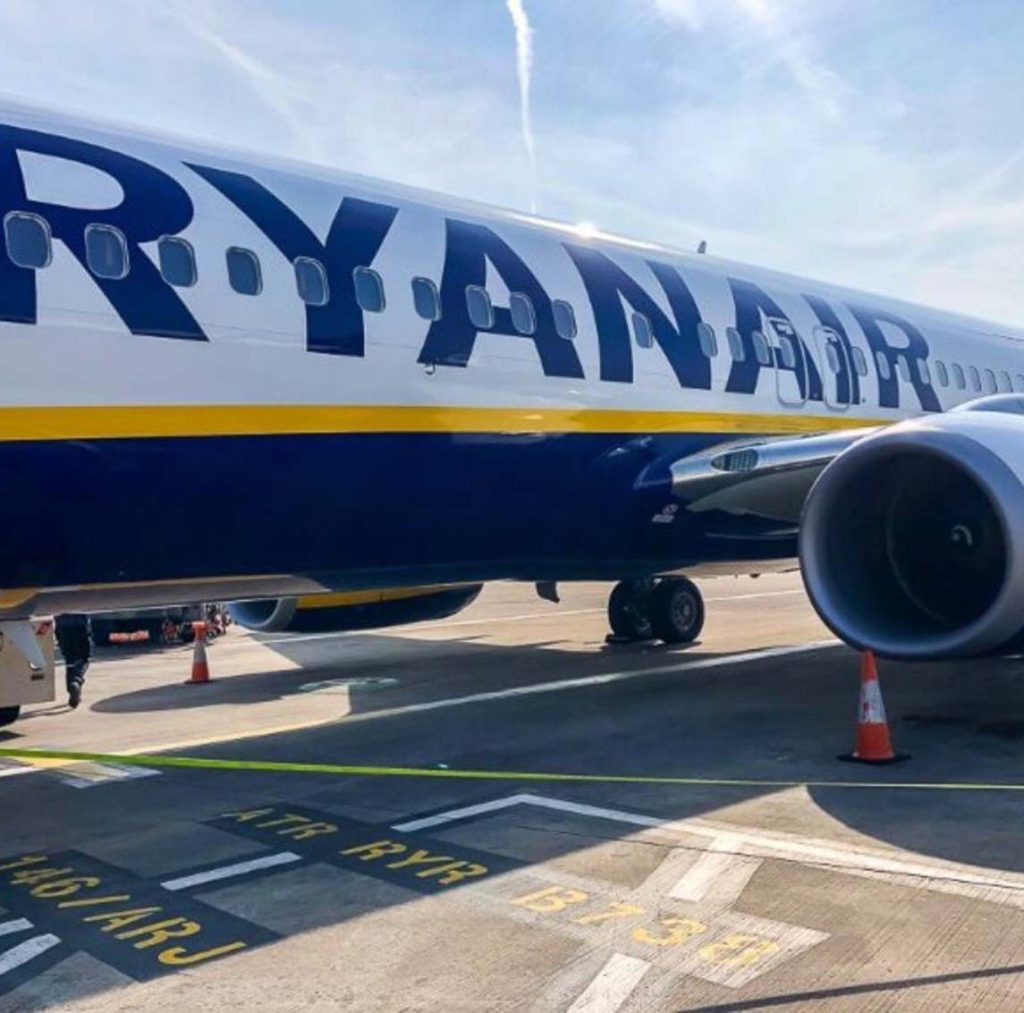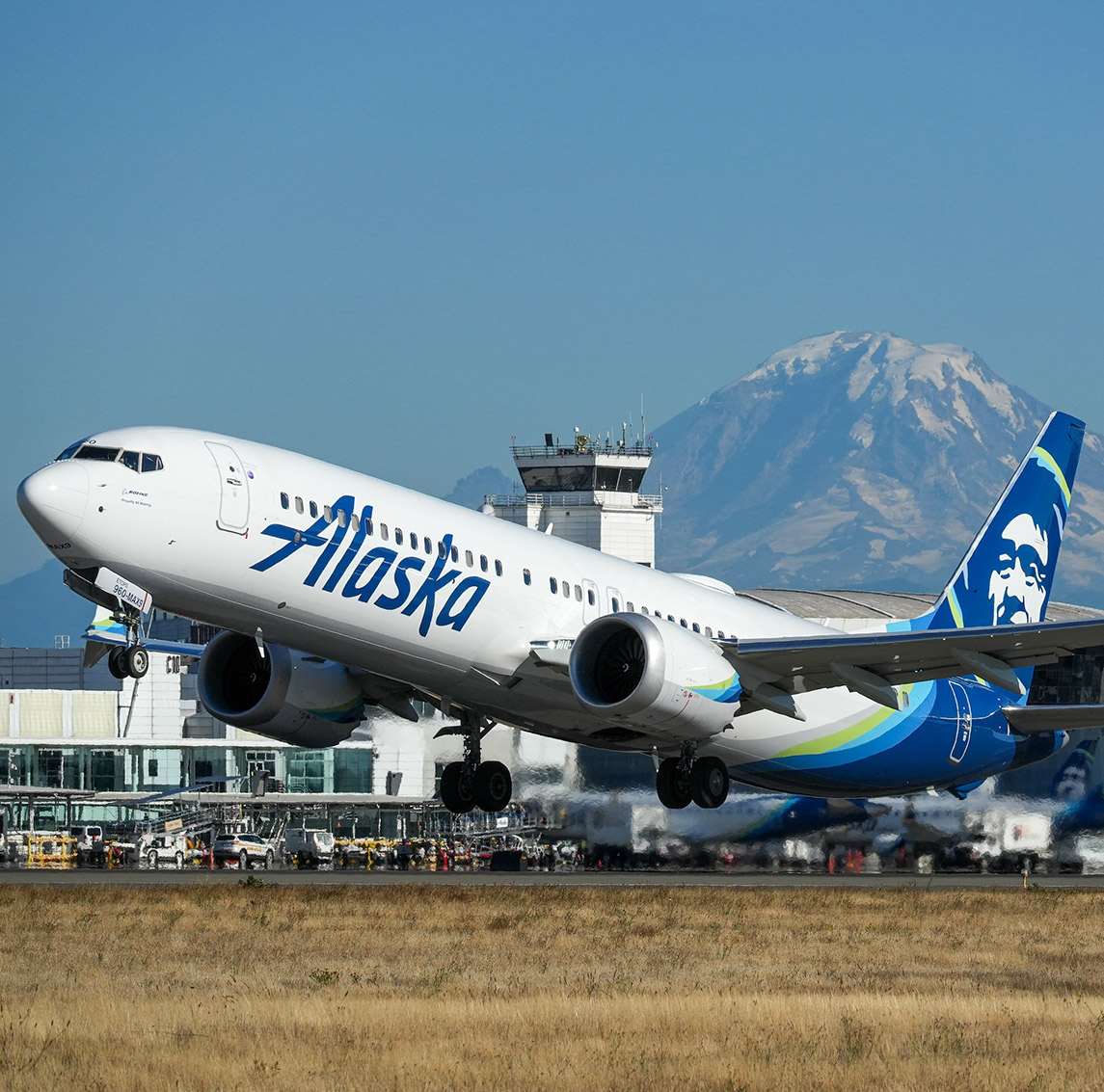Phoenix, a desert city located in the state of Arizona, has increasingly attracted travelers with its unique geography, rich culture, and vibrant commercial scene. As the sixth-largest city in the United States, Phoenix is not only synonymous with the hot desert, but also serves as a gateway to famous destinations such as the Grand Canyon and Sedona. For travel enthusiasts like us, figuring out how to book a flight to Phoenix at the best possible price has become a key strategy to improve the overall travel experience. Today, let me walk you through how to book hidden, high-value flight routes to Phoenix.
I. Understanding the Phoenix Air Travel Market
To begin booking a flight to Phoenix, it’s essential to first understand the city’s air travel market. Phoenix’s main airport is Phoenix Sky Harbor International Airport, one of the busiest airports in the U.S. and a major hub for several airlines. Through this airport, it’s easy to access both domestic and international flights, offering plenty of options for finding the right route.
Full-service airlines such as American Airlines, United Airlines, and Delta Airlines offer direct flights to Phoenix from various cities with well-rounded services, though their prices are generally higher. Low-cost carriers like Southwest Airlines and JetBlue offer more budget-friendly options, although these flights may follow different routes and often involve extra fees for luggage, seat selection, and more.
II. Choosing the Right Departure City and Timing
Once you understand the air travel landscape, choosing the right departure city and timing becomes crucial for getting a good price. A strategic choice at this stage can help you unlock hidden deals and make your journey to Phoenix significantly more affordable. Here are a few key factors to consider:
1. Departure City Selection
While flights to Phoenix are widely available from most major U.S. cities, prices can vary greatly depending on where you depart. Typically, large cities have more competitive flight markets, which leads to lower and more transparent pricing. For example, flights from Los Angeles (LAX), San Francisco (SFO), or Las Vegas (LAS) are usually among the most affordable options due to the high volume of daily flights and intense competition among carriers on these routes. If you’re located in the central or eastern U.S.—say, in Chicago, Atlanta, or New York—it might be more economical to book a two-leg journey by first flying to a west coast hub with cheaper fares and then connecting to Phoenix with a low-cost airline. Some savvy travelers even book separate tickets on budget carriers to stitch together their own itinerary, saving up to 30-50% compared to a direct flight. However, this strategy requires careful coordination and consideration of layover times and luggage transfer.
2. Best Booking Window
The ideal time to book flights is generally two to three months in advance for domestic U.S. travel. Based on historical airfare data and airline yield management practices, booking during this window typically offers a sweet spot between price and availability. During this time, airlines begin to release discounted seats that are neither too early nor too close to the departure date. The best months for snagging deals on flights to Phoenix are January to March and September to November, when both business and leisure travel volumes are relatively low. Additionally, this period often aligns with cooler desert temperatures, making it a great time to visit. It’s wise to avoid peak travel seasons and major holidays such as Thanksgiving, Christmas, New Year’s Eve, and mid-summer months (June to August), when demand skyrockets and airfare prices follow suit. Booking too early—say, 6–9 months out—may actually result in higher prices as discount fares have yet to be released.

3. Day of the Week
Flight prices often fluctuate significantly throughout the week due to patterns in consumer behavior and airline pricing strategies. Generally, Tuesdays and Wednesdays are the cheapest days to fly. Airlines typically announce weekly fare sales on Monday evenings or early Tuesday mornings, and by Tuesday afternoon, competing carriers will match those prices, driving fares down. Additionally, midweek flights tend to have lower demand since most business travelers fly out on Mondays and return Thursdays or Fridays, and leisure travelers often prefer leaving on Fridays and returning on Sundays. On the other hand, Fridays and Sundays are usually the most expensive days to fly due to peak travel times. If your schedule is flexible, try to plan your departure and return around midweek—not only will you likely save money, but you’ll also face less crowded airports, shorter security lines, and a generally smoother travel experience.
III. Using Comparison Websites and Booking Tools
Once your travel dates and departure city are set, the next step is to find the most cost-effective flight. Flight comparison websites are your best friends at this stage.
1. Use Flight Comparison Platforms
Websites like Skyscanner, Google Flights, Kayak, and Momondo help you quickly sift through flights that fit your budget. These platforms allow you to set price alerts so you’ll get notified when prices drop. They also let you compare different airlines and travel dates to find the best deal.
2. Set Up Price Alerts and Monitoring Tools
Most comparison websites offer price alert functions. Simply enter your departure city, destination, and travel dates, and the system will track price changes for you. When there’s a price drop, you’ll receive a notification via email or phone.
3. Compare Flexibility and Extra Fees
While low-cost carriers may appear cheaper, they often include additional fees that drive up the total cost. When comparing flights, look not just at the base fare but also at luggage fees, seat selection fees, and more. For light packers, budget airlines might be ideal. But if you need to check bags or prefer better service, a full-service airline may be worth the extra cost.
IV. Avoiding Hidden Fees
Low-cost carriers often lure travelers with low base fares, but hidden costs can add up fast. These may include fees for baggage, meals, or seat assignments. Here are a few strategies to reduce your overall travel expenses:
1. Check In Online
Many budget airlines charge extra for airport check-in. To avoid this, always check in online in advance.
2. Choose Add-Ons Wisely
If you don’t need checked baggage or a specific seat, skip these extras. Many low-cost airlines offer comfortable enough economy seats, especially for short-haul flights.
3. Watch Out for “Hidden” Destinations
Some airlines might advertise low fares that land at remote airports rather than Phoenix’s main airport. This could mean extra costs for transferring to downtown Phoenix. Always double-check the final destination and airport details to avoid unexpected transfers or fees.
V. Choosing the Right Fare Class
Different fare classes (economy, business, etc.) and their flexibility (e.g., refundable tickets, change fees) affect both your experience and your budget. Most of the time, economy class is the most economical choice and offers sufficient comfort for short-haul domestic flights to Phoenix. Many airlines even offer subcategories within economy, such as basic economy, main cabin, or premium economy, each with varying levels of flexibility, seat selection, and luggage allowances.
If you’re planning an extended trip, traveling with more luggage, or simply value comfort—especially after a long stay—it might be worth considering an upgrade to premium economy or business class on your return journey. These higher fare classes offer wider seats, more legroom, priority boarding, complimentary meals, and often free changes or cancellations. Additionally, for travelers who may need to modify their travel plans, choosing a flexible fare class can prevent costly change fees. The key is to weigh the comfort and convenience against your budget and the duration of the flight.

VI. Consider Frequent Flyer Programs and Points
If you frequently fly with a particular airline, you can take advantage of their loyalty programs to earn points or miles, which can then be redeemed for flight discounts or even free tickets. These programs are especially valuable for regular travelers or anyone planning multiple trips within a year. Many frequent flyer programs also partner with hotels, credit card issuers, and car rental agencies, allowing you to earn and redeem points across a wide ecosystem of travel-related services. Some airlines also offer status tiers—like Silver, Gold, or Platinum—that come with perks such as free checked baggage, lounge access, priority boarding, and even free upgrades.
1. Choosing the Right Frequent Flyer Program
Major U.S. airlines like American Airlines (AAdvantage), Delta (SkyMiles), and United (MileagePlus) offer robust frequent flyer programs. Depending on your travel patterns, such as regional preference or international destinations, you can choose the program that aligns with your most frequently used routes. If you’re not loyal to a single airline, consider joining an alliance-based program like Star Alliance, SkyTeam, or Oneworld, which allows you to earn and use points across multiple carriers. This way, even if you fly with different airlines, your miles are still centralized and useful. Also, many co-branded travel credit cards from these airlines allow you to earn additional miles through everyday spending, helping you build your mileage balance faster.
2. Redeeming Points vs. Paying Cash
In some cases, redeeming points is a better deal than paying cash for a ticket—especially if you book in advance or target off-peak travel periods. A well-timed redemption can save you hundreds of dollars, especially for last-minute flights or upgrades to premium cabins. Some airlines even offer “miles + cash” options, allowing you to partially redeem points while reducing the out-of-pocket cost. To get the most value, monitor the miles-per-dollar ratio—ideally, aim for redemptions that give you at least 1.2 to 1.5 cents per mile. Also, keep an eye out for promotional offers where airlines discount mileage requirements for specific routes, which can help you make your points go even further. When used strategically, frequent flyer points can significantly reduce the overall cost of travel and even allow for more spontaneous trips.
Booking a flight to Phoenix may seem simple on the surface, but getting the best value requires knowledge of the airline market, price fluctuations, and fare structures of various carriers. By choosing the right departure city, booking at the right time, using price monitoring tools, and leveraging airline loyalty programs, you can maximize your budget and enjoy a smooth journey to the desert city.




